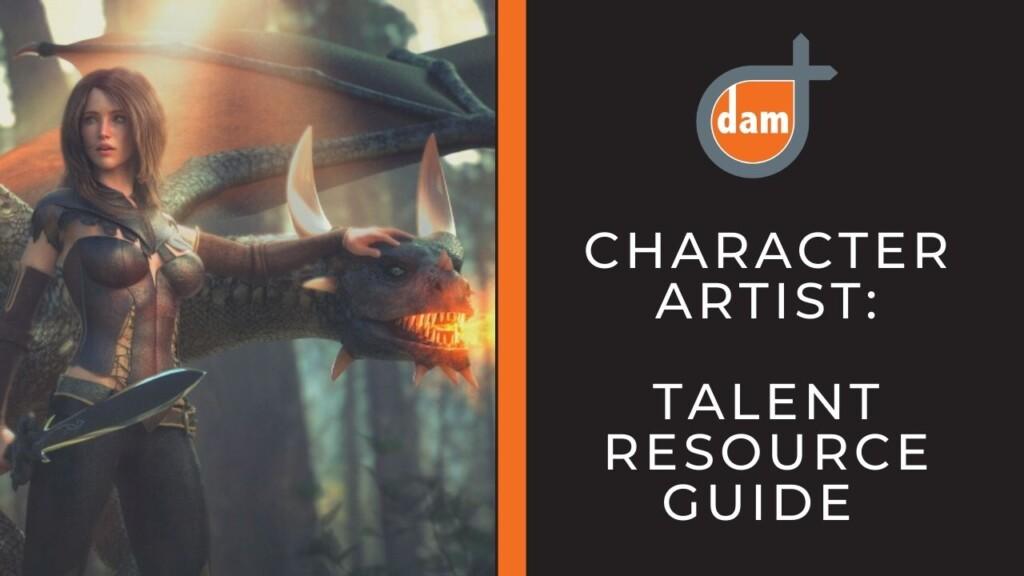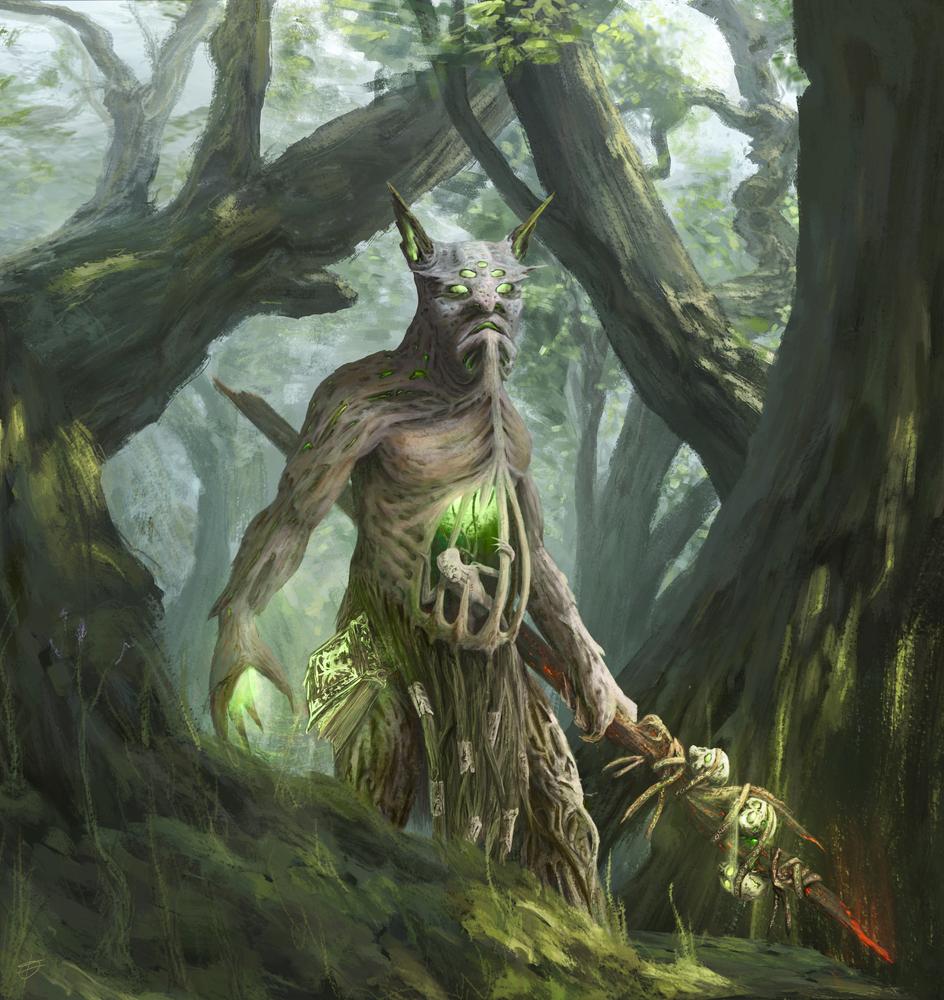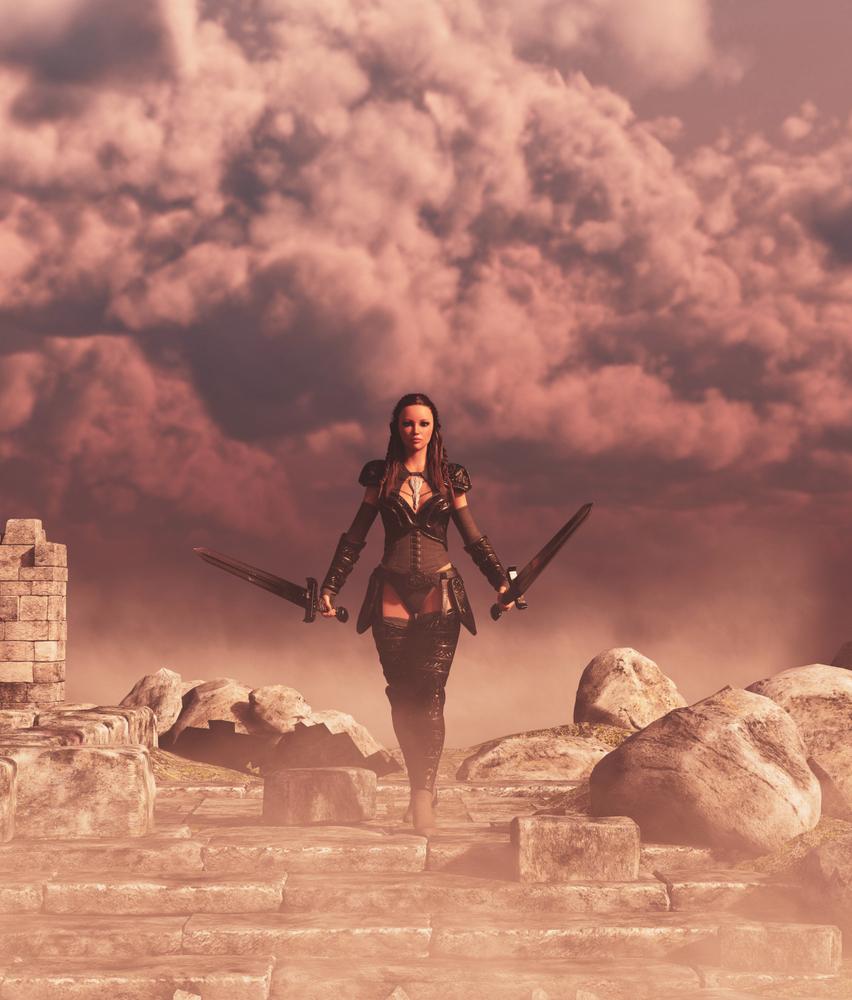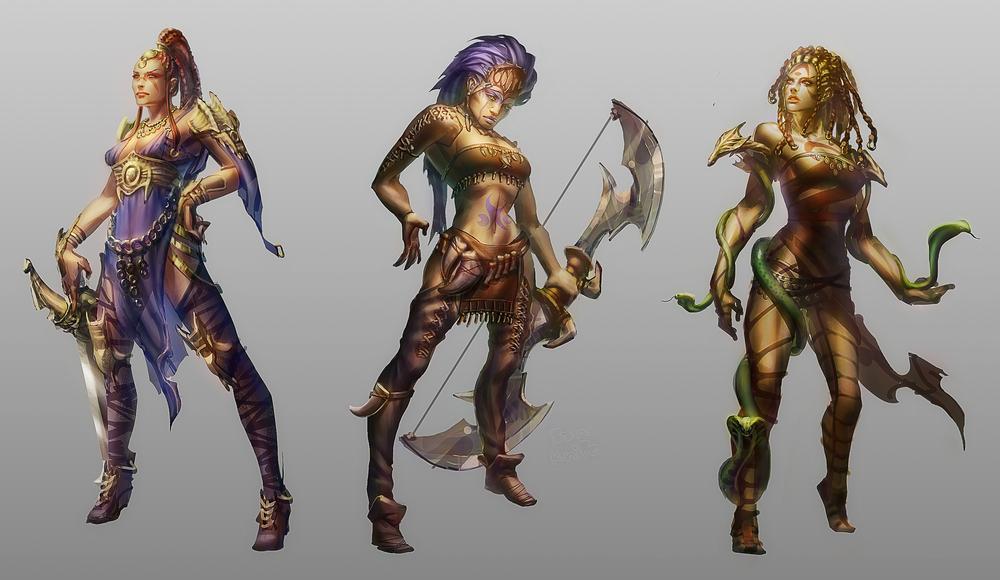Job Title
Character Artist: Talent Resource Guide
Job Overview
Being a Character Artist covers a wide range of skill sets that include creating both 2D and 3D characters for films and video games. Typical character artist jobs in games require skills in modeling, sculpting, texturing, and lighting. However, specialist positions focus on just one or two of these skills. Additionally, character artists are more marketable when proficient in Unreal Engine (UE4) or Unity which are both used in many modern AAA video game applications.
Character artists responsibilities may include:
- Conducting numerous revisions in creating illustrations of characters, scenery, and props from original-concept artist’s sketches.
- Create models and prototypes based on original-concept art.
- Finding and learning new software, technologies, and resources to aid production.
- Integrate characters, creatures, and/or objects into live-action scenes.
- Stay on strict production schedules and work within budget constraints.
- Work with the art director, lead character artist, and technical teams to drive the game’s visual quality and maintain consistent character style.
Character artists must also have a high level of understanding of the game and film production process. Required skills include:
- Ability to create anatomically correct proportions, including muscle and skeletal structures.
- Ability to work from reference materials, such as concept art and photography.
- Able to work with multiple departments in meeting their needs and time constraints.
- Experience in digital sculpting, modeling, and UV mapping.
- Fluency with 3D Studio Max, Adobe Photoshop, Adobe Illustrator, Houdini, Maya, Mudbox, Substance Painter, and Zbrush.
- Good communication ability.
- Hard-surface modeling skills.
- Strong time management skills with the ability to meet deadlines.
- Understanding of lighting, shading, structure, silhouettes, and texturing.
- Any technical character art skills including rigging, shaders or tools is always a bonus
Job Trends
Demand for character artist jobs in games is expected to grow over 10 percent from 2020 to 2030, with an average of 8,000 openings each year. Character artists work remotely or onsite in a game studio environment. Talented character artists are highly coveted but it’s very competitive to secure a position as a character artist on a high-profile project.
The top recruiting firms for games developers overwhelmingly look for character artists with several years of character creation and design experience. The best way to break into the field is by learning 3D modeling and creating a portfolio of your original character work. While there are opportunities available nationwide, the top U.S. cities for character-artist jobs include:
- Los Angeles, CA
- San Francisco, CA
- Seattle, WA
- Boston, MA
- Austin, TX
- Raleigh, NC
- New York, NY
- Chicago, IL
Interview Tips
While the demand for character artists is strong, you must make a good impression. There will usually be multiple applicants for a position and competition can be heavy for coveted positions. Here are some helpful interview tips from some of the industry’s top recruiting firms:
1) Preparation
Prepare for your interview by researching the studio – in many cases, the video game recruiting company can assist you with that – and updating your portfolio with all of your latest relevant artwork. Try to get an overall picture of the company culture and consider what you want to say and what questions you may be asked. Review current trends regarding UE4, Unity and other animation tools.
2) Arrive Early
Be at least 15 minutes early for onsite interviews so you’ll have time to clear your head and mentally focus before the interview. Being early demonstrates attention to detail and respect for the time of the interviewers, both of which are highly desirable qualities for any employee. (5 minutes early should suffice for Virtual Interviews)
3) Dress the Part
The gaming community tends to be one of the more laid-back industries, so showing up in a suit and tie will send the wrong impression. Dress casually but professionally.
4) Acknowledge Everyone
Companies will sometimes have a team of interviewers for in-demand positions, so be sure to say hello to everyone in the room. Be aware that a person who does the least amount of talking may have a significant voice in the decision to hire or not to hire.
5) Be Positive
While it is essential to know your weaknesses, don’t dwell or commiserate about your failures. Instead, use them to your advantage as a way to demonstrate what you’ve learned and how you’ve grown.
6) Tests are Common
Employers looking to fill character artist positions may want you to demonstrate your skills by completing a test. This is standard procedure for many game studios and do not be taken aback by the request.
7) Consider Your Answers
Interviewers will often want to see if you can think on your feet, so be ready to answer some out-of-the-box questions. Some examples include:
- “Can you name the alter egos of your favorite character’s family members?”
- “How well do you handle criticism about your characters?”
- “Have you developed any characters that worked out better than expected?”
8) Prepare Your Own Questions
Interviewers will often ask if you have questions. Make sure you’ve prepared a list of questions to ask before your interview. Examples include:
- “I saw the release of your last game was delayed over two months. What do you think could have gone better during production?”
- “What do you feel the most highly successful team members do differently than average team members?”
- “What concerns do you have about my ability to perform as a character artist?”
9) Don’t Talk Money
While compensation is important, defer to the hiring manager to bring up the salary discussion. If you’re working with a video game recruiting firm, they’ll typically already have managed salary expectations with the client to ensure that neither side is wasting their time.
10) Follow Up
Send a follow-up email the day after the interview to thank the interviewer(s) for their time. This is such a simple thing that most applicants don’t do, making you stand out from the crowd.
Portfolio Tips
You should look at your portfolio as a living resume where you get to showcase your talent and achievements. However, creating a winning portfolio takes time and effort. Here are some tips for creating a portfolio that makes the right impression:
1) Focus on Relevant Work
Focus on previous work showing your strongest skills as a character artist. Be sure to update your portfolio and replace older work as you create new characters.
2) Organize Your Work
It is best to separate your work into categories with your most recent work displayed first in each section. This shows you are organized and makes it easy for prospective employers to find what they are looking for. We’d also highly recommend separating your personal work from your professional work.
3) Quantity and Results
While the quality of your artwork is always important, numbers also shed light on the scope and depth of your experience you have. For example: How many people reported to you or did you mentor? How big is your character art team? Is there any work to call out specifically in which you took full ownership of the character? Have you been able to consistently stay within time budgets and hit deadlines?
4) Choosing a Web Host
Your portfolio will only look as good as your website. Be sure to pick a web development platform with solid uptime and avoid using free sites that display the web host’s logo or third-party advertising. If not your own personal site, then DAM recommends sites like ArtStation, Behance or CarbonMade.
5) Education and Experience
Senior character artists must be highly qualified, so list all relevant education, internships, experiences, awards, and recognitions you have received as well as any online classes dedicated to the professional development of your craft..
Salary Ranges
Video game recruiting companies report the salary of character artists covers a range between $75,000 and $150,000, depending on skills and experience. Here is a breakdown:
- Mid-Level Character Artist: $75k-$90k annual base salary.
- Senior Character Artist: $90k – $120k annual base salary.
- Lead/Principal Character Artist: $120k – $150k annual base salary.
Working with DAM
DAM has been one of the top gaming recruiting firms since 2000, successfully placing thousands of candidates at hundreds of studios in the video game industry. At DAM, we supply job seekers unique access and insight that includes career consultation, specifics on unpublished job opportunities, and salary negotiation. DAM takes an objective eye to your work to make you stand out from the crowd by helping you develop a well-thought-out and comprehensive resume portfolio that showcases your talent, skills, and abilities. Advancing the careers and improving the lives of games industry professionals is what we’re all about!
To learn more about DAM video game recruiters, click here.
To view our current job openings, click here.






